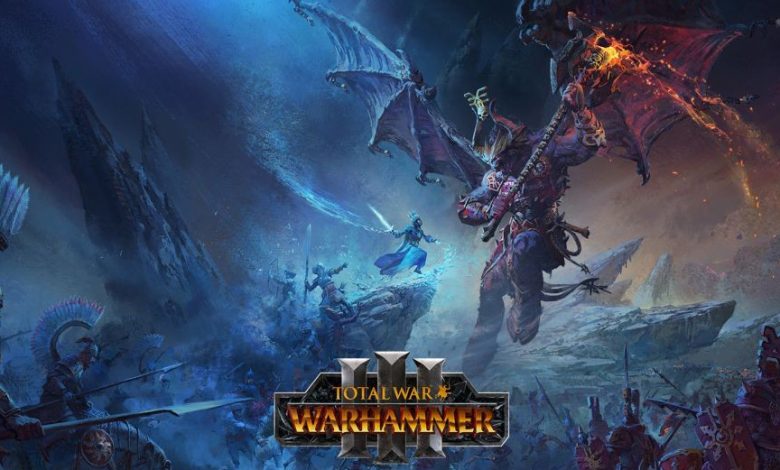
It is a big deal to be conscious and fully aware of the passage of years. The realization that everything is both ephemeral and fleeting before the impartial eye of Father Time puts certain things in perspective. I thought it was only the day before yesterday that I was presenting the first part of Total War: Warhammer. The next day the dear and beloved Spyros Bliagos was also presenting the sequel, somewhat disappointed at the lack of a strictly historical title. Of course, history is finite while the richness of the Warhammer universe is vast and practically untapped. Looking at the passage of time, of course, the first launch was in May 2016, while the second was about a year and a half later in September 2017.
Following these releases, the Total War series took a trajectory that briefly saw two studios tackling different periods and experimentation, among them the successful but underrated (due to the subject matter) Three Kingdoms and Troy (Creative Assembly Sofia) which was to be released exclusively on the Epic Games Store and free in the first few days to be snapped up by 7.5 million accounts. The coronavirus was destined to strike humanity and show how unprepared we are for large-scale natural disasters, let alone a Skaven invasion. At least this had a positive effect on the release of Warhammer III, as Creative Assembly (the orthodox studio of Old Albion) delivered their best work to date. Let's examine the reasons why.
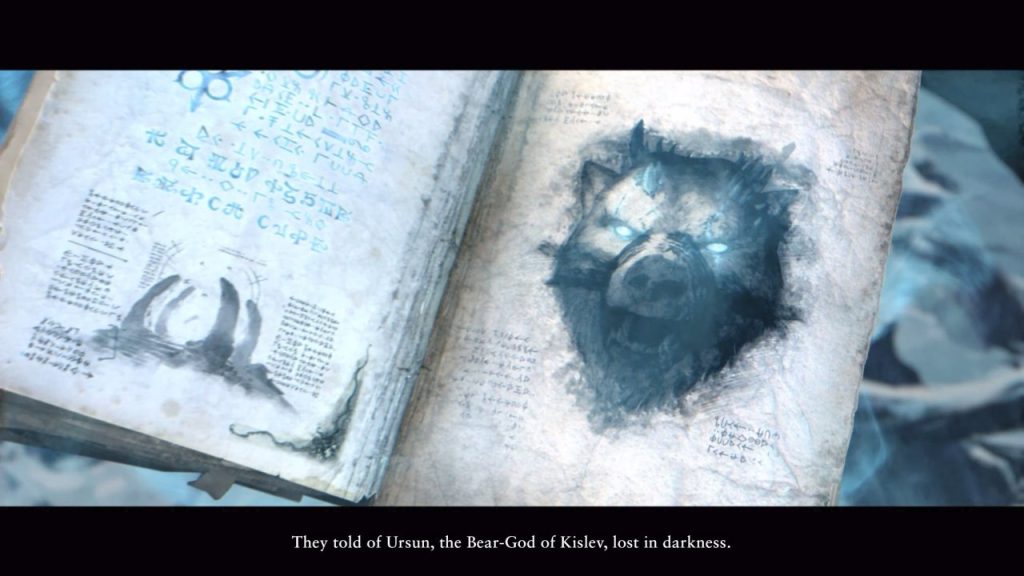
The awkward moment when you've replayed the campaign prologue...
First of all we would like to note that this section will contain spoilers for the development of the Warhammer III (TWW3) story prologue, the plot of which is revealed quite early on. It's important to point out that the prologue in TWW3 has been treated differently than other times and while it serves the purpose of a tutorial, it has enough scripted "bread" to justify a playthrough by all players regardless of skill. The story begins with Ursun, the Bear-God of the Kislev clan not announcing the end of Winter. Desperate, a Kislev prince, Yuri, organizes a campaign to find him until he hears him pleading with him to release him. Since then, Yuri, determined to do the impossible, moves north to free Ursun at all costs. Ring a bell? Kislev να μην ανακοινώνει το πέρας του Χειμώνα. Απελπισμένος, ένας πρίγκιπας των Kislev, o Yuri, οργανώνει εκστρατεία για να τον βρει ώσπου τον ακούει να του εκλιπαρεί να τον αποφυλακίσει. Έκτοτε ο Yuri, αποφασισμένος θα κάνει τα αδύνατα-δυνατά, προχωρώντας στο Βορρά για να απελευθερώσει τον Ursun πάσει θυσία. Σας θυμίζει κάτι;
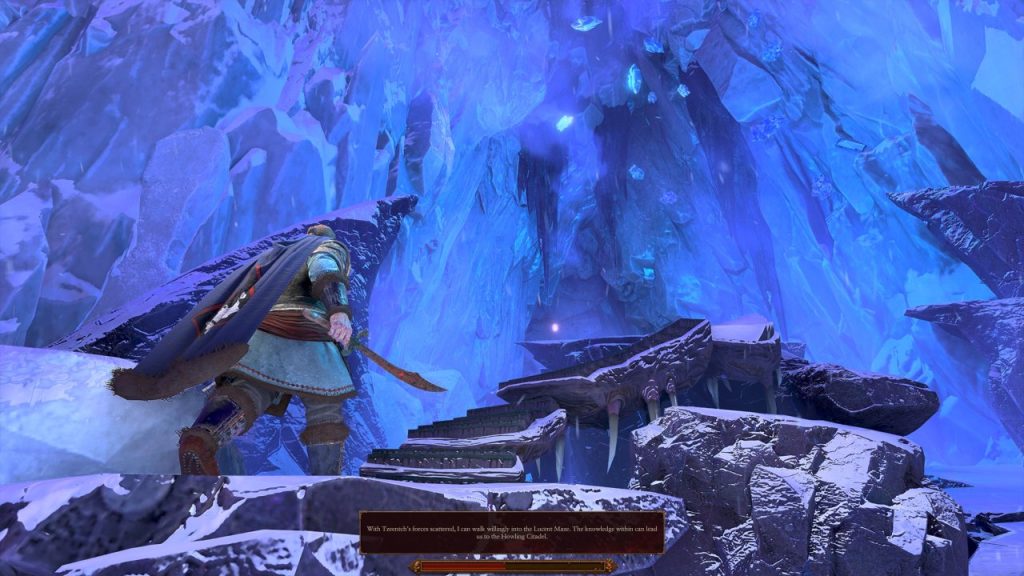
In the prologue of Warcrafthammer III, we watch the of Yuri Anavasis although in reality it is at the heart lies his gradual mental decline and decay. The similarities to Arthas are more than apparent to a misunderstandable degree. This matters little of course, because the prologue is elaborately structured to provide all the information required of a tutorial. However, it succeeds in narratively conveying the plot by elegantly and subtly incorporating all the mechanics a new player needs to know: from army management and movement on the map, to tactical maneuvers, to the all-important settlement management. This includes the special scripted battles (Quest Battles), specially staged battles that we have seen since Shogun 2.
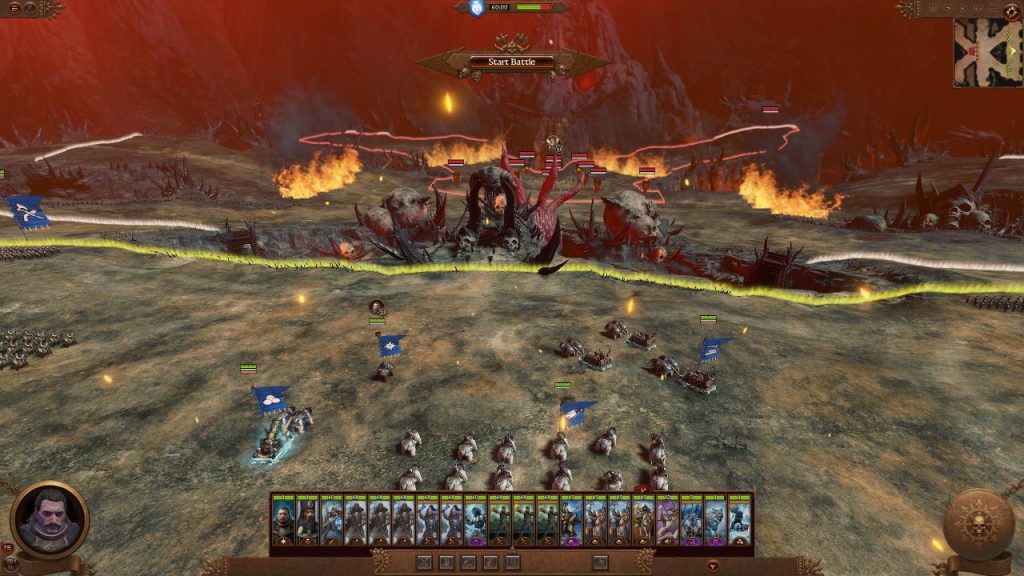
What I have to say is that after a fairly long break from strategy titles (let alone grand-strategy) the mechanics, usability and accessibility of the UI was something I had missed. It's very important when you have limited time to be able to get into the spirit of the game very quickly, art alone is how you communicate the information to the player. Unlike Paradox titles (which are also aimed at a specific audience), Total War now manages to be complex without being inaccessible. And there's not too much to say about the game's mechanics, and certainly not much more than what has been mentioned in the reviews of the previous two parts of the trilogy. After all, it is very difficult to improve elements on which you have found the golden mean. That's why there have been very few additions in the form of new battles that take place... in the Realm of Chaos (the name of the game's main campaign). Chaos has its place, and battles that take place in these realms have different rules (for example, Storm of Magic Battles dramatically boost armies with magical abilities) that will force you to rethink your strategy.
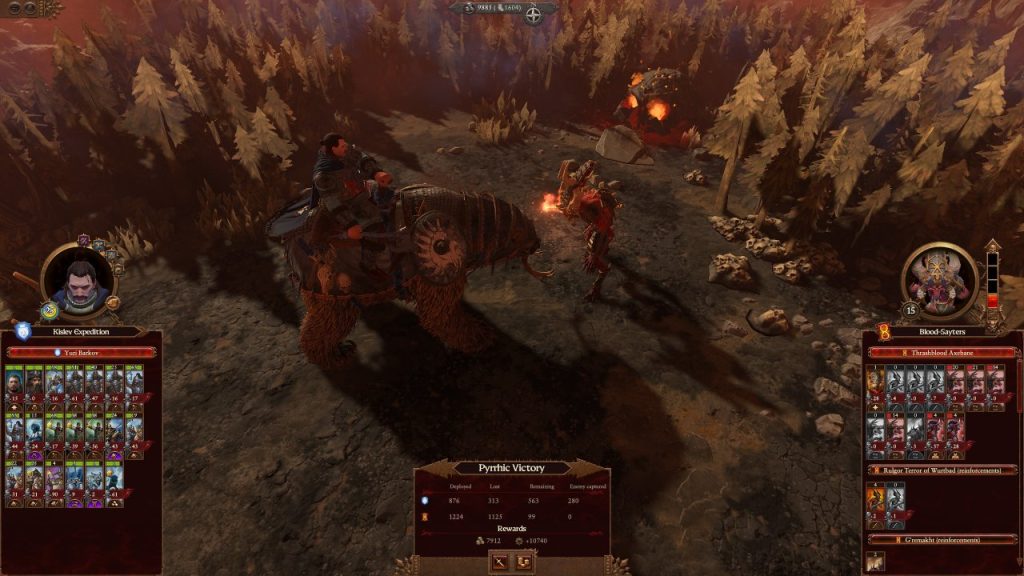
The factions
At the heart of the campaign is the Realm of Chaos. After the prologue and the highly aesthetic cinematics (the 110 GB must be justified somehow...), we are for the first time faced with the most decisive choice: that of the race to play. Creative Assembly has taken full advantage of all the Warhammer lore and expanded it into a true trilogy (Starcraft 2 I'm looking at you). The scope and ambition of the series can only now be put into a proper context of valuation. In Warhammer 1 everything took place in the Old World, the depiction of Europe in Warhammer Fantasy. Similarly, in Warhammer 2 we had the New World married with Atlantis Island and parts of Africa as depicted by the iconic jungles, swamps, and deserts. In Warhammer 3 we are transported to practically the entire Arctic Circle of the globe with its respective peoples; Kislev, Grand Cathay, Ogre Kingdoms, four factions of the respective Chaos gods (Khorne, Nurgle, Slaanesh, Tzeentch) and a Chaos faction that combines elements of the latter - the Daemons of Chaos. Let's examine them briefly.
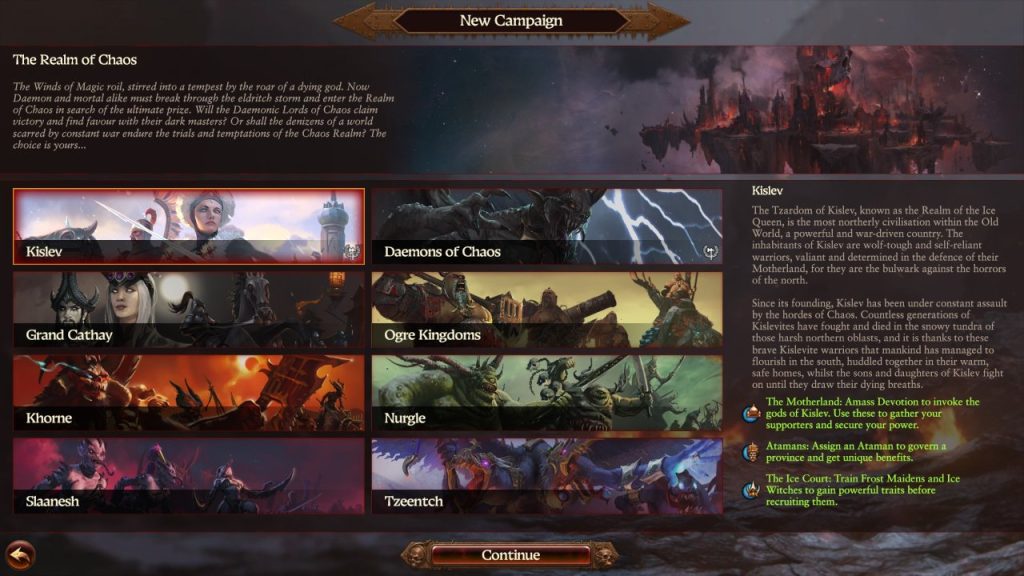
The human factions in TWW3 attempt to invade the Realms of Chaos through portals that are occasionally opened by Ursun's roars. Only after they manage to close these gates (after conquering the special strongholds in each area), then they will be ready to face the Ursun's jailer.
Kislev: The faction corresponding to the Russians places great emphasis on magic and all sorts of Arcs units. Fairly balanced, it offers perhaps the most hybrid army consisting of infantry, cavalry, and of course as mentioned the War Bears.
Grand Cathay: China's representation in the Warhammer world has only been mentioned occasionally with nothing tangible so far. Warhammer 3 brings for the first time the Kingdom of Cathay which deploys, in addition to excellent artillery and infantry, several mythical units (dragons) while the mechanics are based on Balance and Harmony between Yin and Yang.
Ogre Kingdoms: Although not human, but humanoid, we study the Ogres here. Much emphasis on monstrous units, the main mechanic is Meat (as it should be anyway) which is necessary for army maintenance (upkeep). They don't have very strong infantry, but capturing enemies can unlock a lot of powerful abilities for their army.
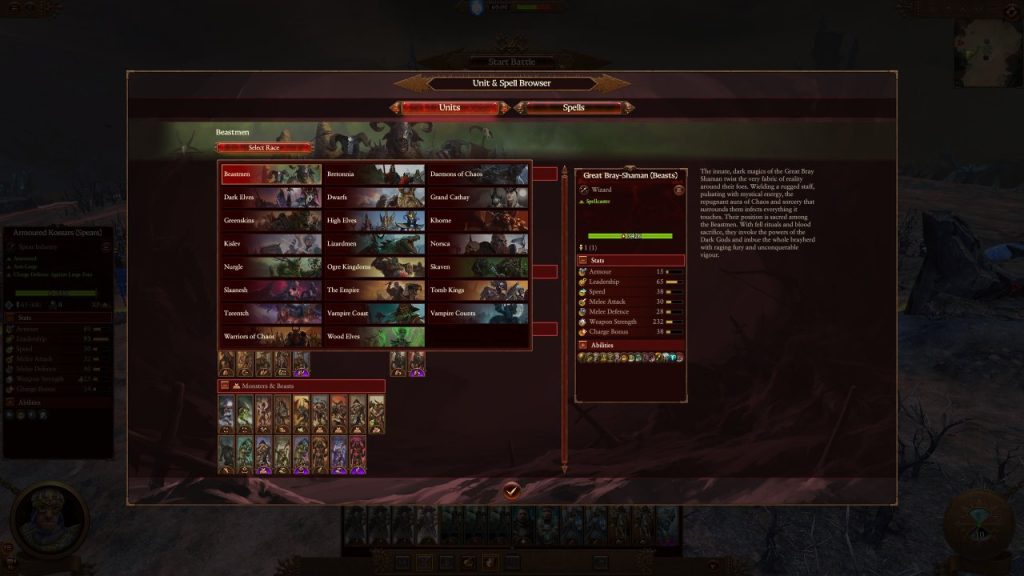
The main bet of the Chaos factions is the Great Game: who will win by having the greatest spread and corruption in the earthly, mortal world.
Khorne: The Blood God has interesting approaches to his strategy. The more aggressive we are, the more we honor the Blood God and the more favor he gives our armies, making them stronger. No spellcaster presence but with innate resistance to spells, Khorne's army is ideal for tactics that favor raids always and against everything.
Tzeentch: The god of magic and evolution. The army is composed entirely of spellcasters, flying units, and missile units. Because of Tzeentch's status, the gameplay favors manipulating enemies through agents.
Nurgle: Perhaps one of the most interesting factions in Total War. Although Nurgle is the god of decay, he also brings rebirth. The playstyle is based on armies based on predominantly melee units, and the built settlement buildings go through cycles of being progressively and automatically upgraded, but reset to the lowest tier to start over. Therefore it is strategically important to maximize the benefits at the appropriate point in the cycle.
Shlaanesh: The hermaphroditic god of pleasure, excess offers the most glass-cannon units, special at doing fast and heavy damage in exchange for having low health and defense. Greater emphasis on creating protectorates, but also through seduction, we have the ability before battle to bring a unit of the opposing army to our side, thus changing the balance on the battlefield.
The Daemons of Chaos deserve special mention and that's why we left them last. It's true that the Total War series makes small and steady steps with each release. Medieval Total War brought sieges for the first time, Empire brought the much-needed naval battles (it still hurts a playthrough in Medieval 2 that I lost my entire army in a naval battle while sailing to the Holy Land). Attila brought innovation with raiding and a completely different approach to the turn-based map, the DNA of which we've seen pervasive in every Warhammer faction since. The latter also introduced the magic mechanic that completely changed the approach to the battle-map. In Warhammer 3 we now have the Daemon Prince, who as another Kerrigan has the favor of all the Chaos gods, who in turn try to sway him towards their side. Depending on how far we have progressed with each God we unlock various customization items for the Daemon Prince that change his abilities. This system replaces the traditional leveling of faction Lords and focuses both narratively and gameplay-wise on the Daemon Prince. Of course, each change has a corresponding effect on which Chaos units we can recruit. Therefore, Daemon Prince is the only army where we can have all Chaos units.
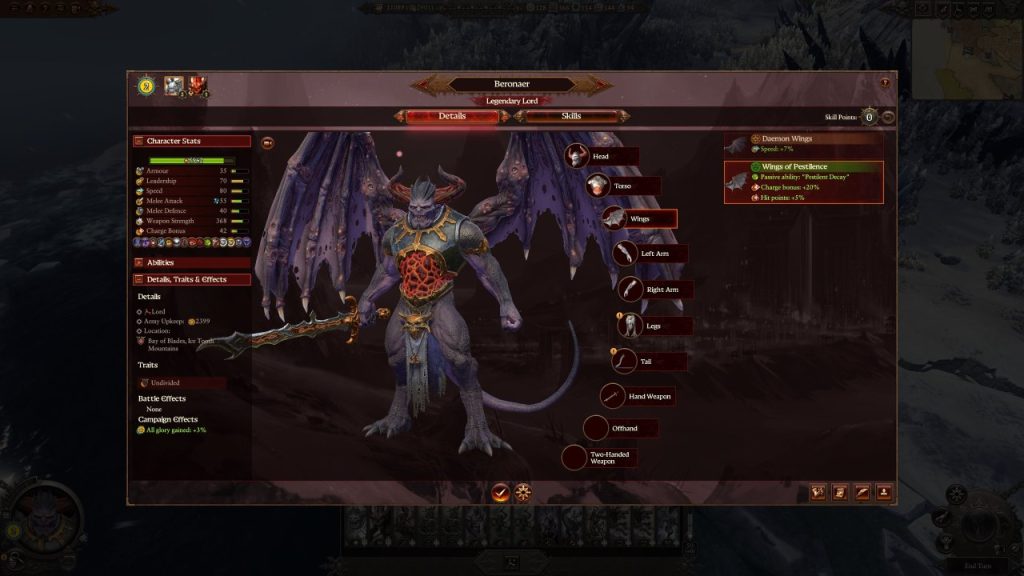
On the necessary technical issues, we do not have too much to say. Warhammer 3 runs satisfactorily on a fairly old (marginally lower range) machine, as you can see from the corresponding benchmark image. Very good optimization but we didn't expect anything less since the graphics engine remains the same since Empire: Total War (TW Engine 3 - 2009) with slight modifications. An important note is that the game introduces some simple quality of life changes such as automatically balancing bids in diplomacy instead of experimenting with gold to get the desired deal. New additions include the possibility of 8-player multiplayer (!) campaign, as well as alternative campaigns to be added in the future. That's without counting Immortal Empires the DLC that will marry all three Warhammer into a single Grand Campaign!
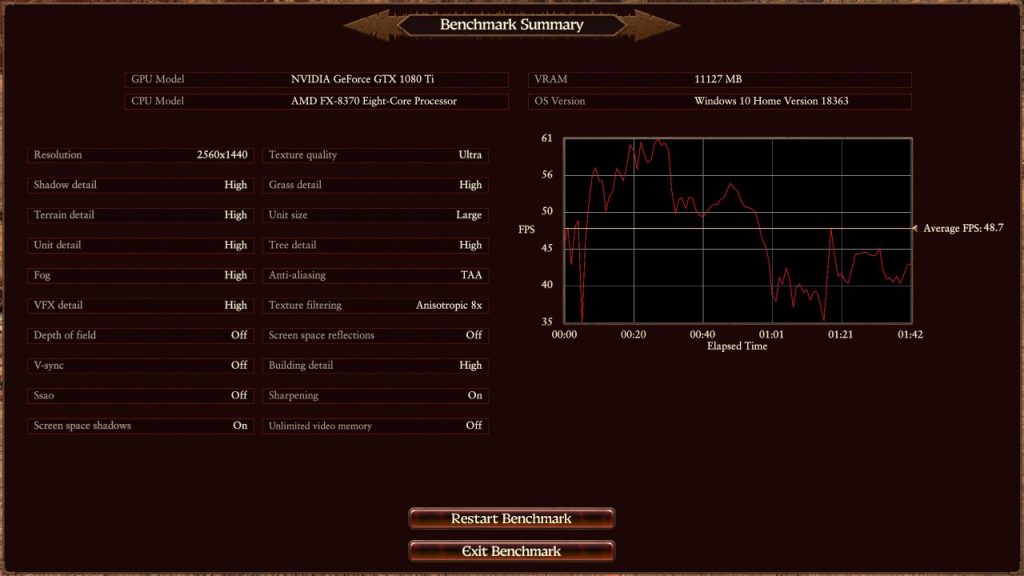
Three options, one complete proposal
One of the main questions that "torment" friends who have a tangential relationship with the series is: which part of the Warhammer trilogy to pick up to enter its world. In an attempt to answer we will break the answer down into two factors. The first is the basic preferences of the individual player: if they want to play something that resembles high-fantasy that simulates a more medieval world, then we would suggest Warhammer 1. If he wants to go to something more avant-garde and quite weird in terms of faction and locations, then the second part will definitely make up for it. If again he wants to experience a campaign where the forces of Chaos have their due, while enjoying the most improvements then Warhammer 3 is a one-way street. The latter is also true for players who simply want to play the best possible Total War so far.
In conclusion, I would like to deviate from the formal epilogue. These lines end when Russia has already invaded Ukraine, an act that is despicable and reprehensible. The entire 'Western' political world has already developed its own mechanisms by diverting from enough historical facts (history by definition has continuity and is a domino effect) to capitalize on the event. The parallels between the movements of a digital army and the whole mechanism that feeds the war machine, such as in Warhammer, and reality are inevitable. But the conclusion is only one: in such wars of the strong, the weak (i.e. the common people) are always losers regardless of the "camp". But unlike in the digital world, there is neither a quickload nor the possibility of making up for lost lives with the push of a button just like that. Let's leave war as a mental-spiritual exercise and nothing more. Warhammer 3 is a good suggestion for that.
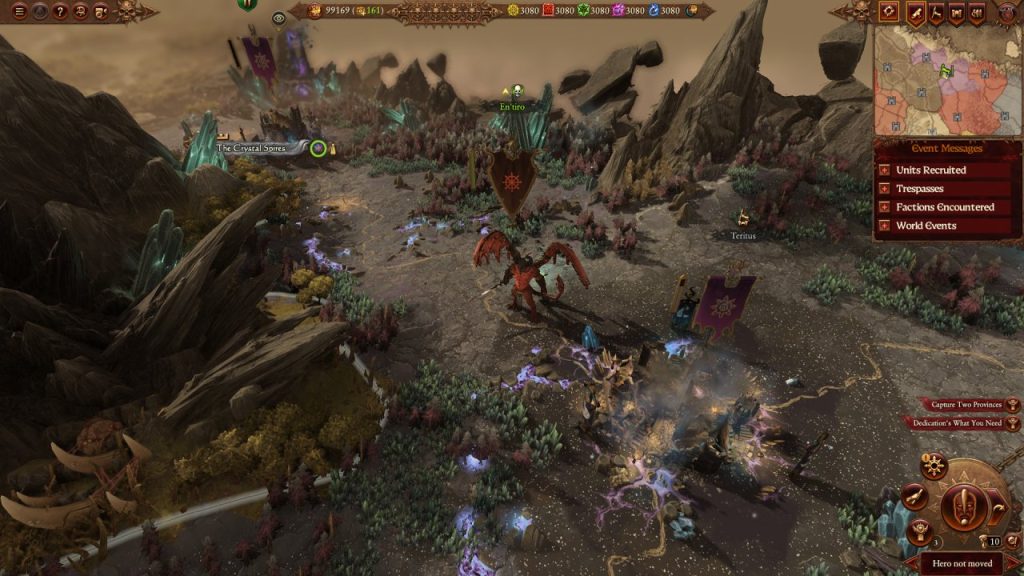
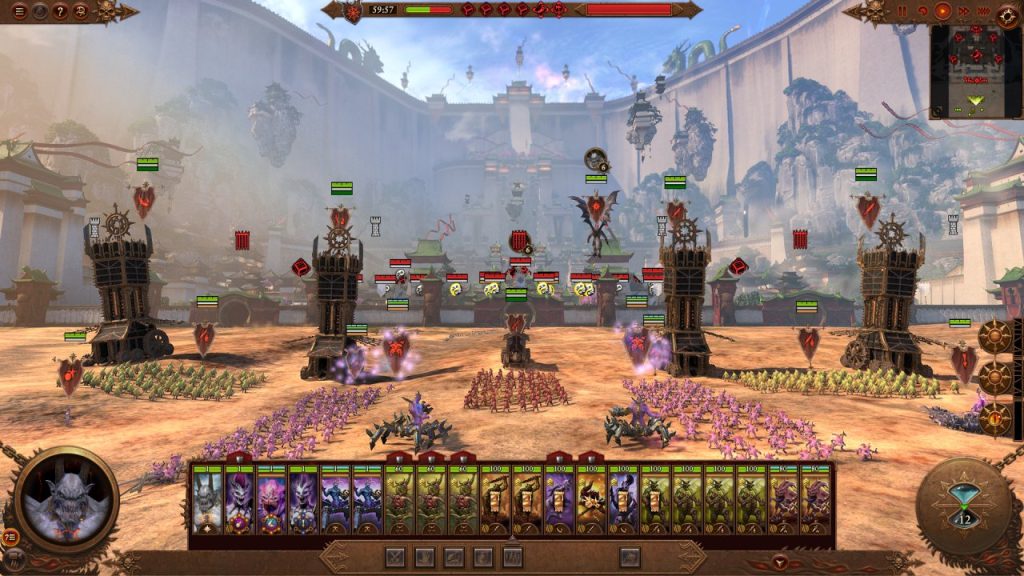
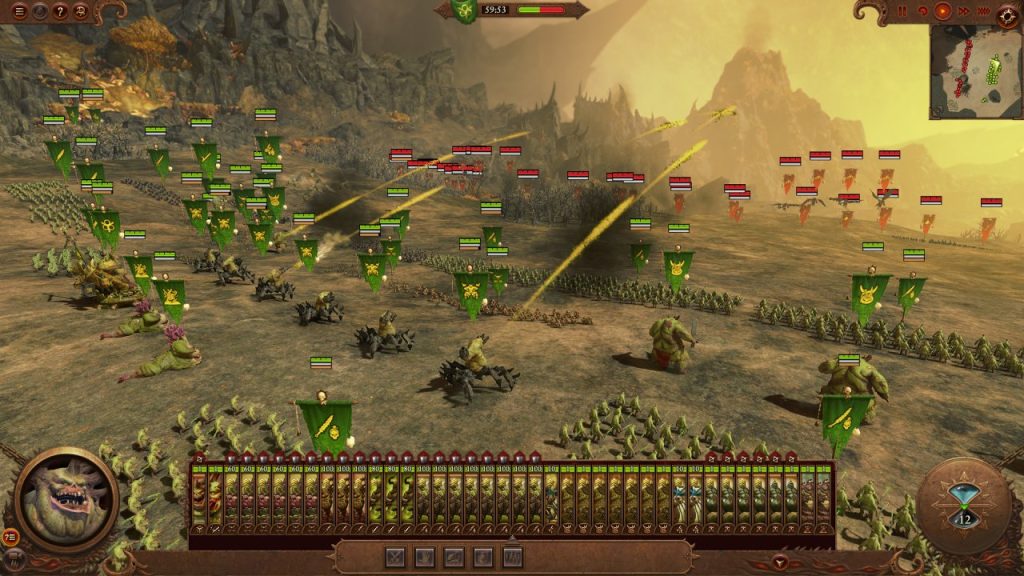
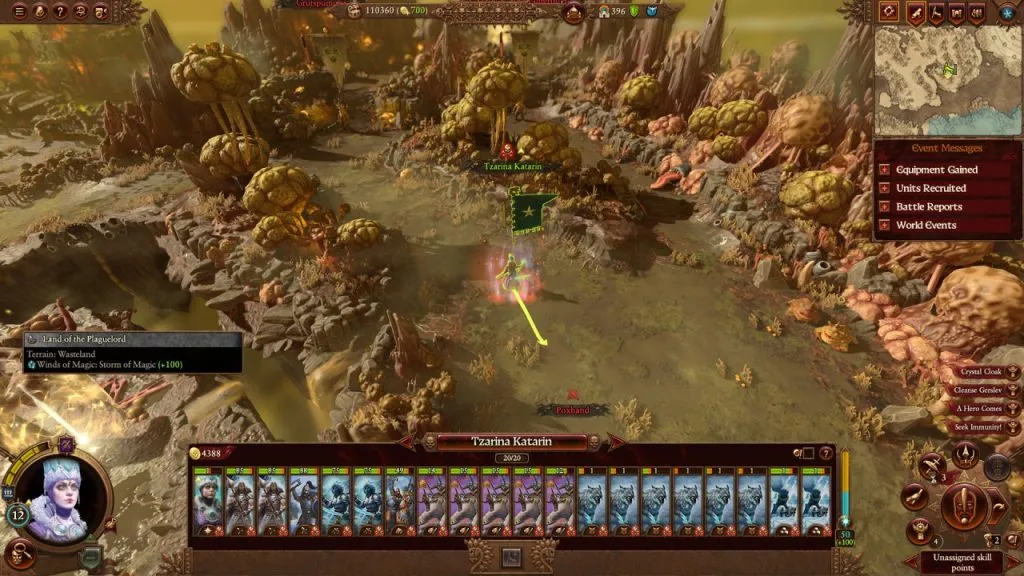
Scream Bloody Gore
RATING - 95%
95%
Bloody fun
Keeping its solid mechanics intact, improving multiplayer and offering 8 factions out of the gate, Warhammer III provides a complete offering on the most advanced forms of the Total War series.
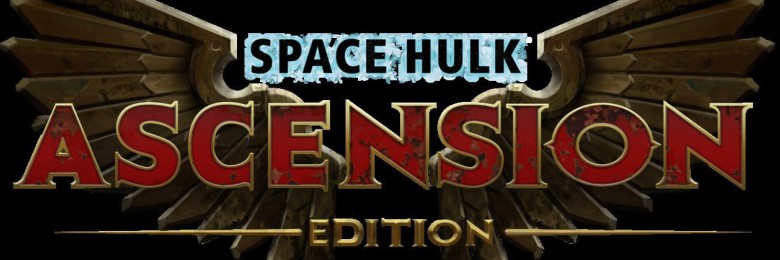

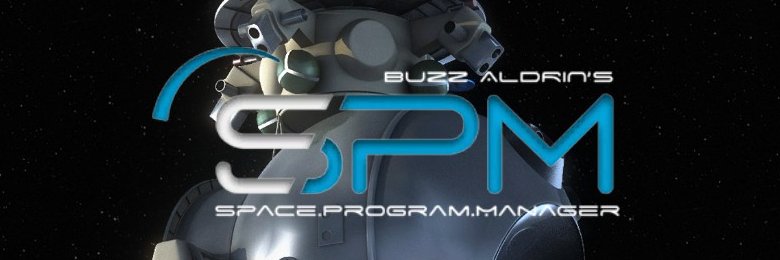



Τελικά, με ποιο από τα τρία να ξεκινήσω? :p
Από ότι κατάλαβα, καλύτερη επιλογή σε θέματα qol είναι το 3.
Σενάριο/lore δεν έχει σημασία. Δεν κερδίζεις/χάνεις κάτι εάν δεν παίξεις με την σειρά.
Το μόνο που δεν έχω ξεκαθαρίσει ακόμα στο μυαλό μου και θα ήθελα να ακούσω απόψεις, είναι εάν αυτό τα chaos mechanics που έχουν εισαχθεί στο 3, εάν μπερδέψουν τον νέο παίκτη σε σχέση με το κλασσικό TW world domination.
Υπάρχει καθαρό TW domination κατακτώντας 50 provinces και καταστρέφοντας ορισμένα key factions. Άρα δεν υπάρχει διαφορά σε αυτό αν και ευνοείται η σεναριακή προσέγγιση! Ναι, αν είμαι αδιάφορος ο παικτης από πλευράς setting και μόνο από τεχνικής πλευράς ενδιαφέρεται (total war και ότι να’ναι) το TWW3 είναι ταμάμ.